Photographic Insert
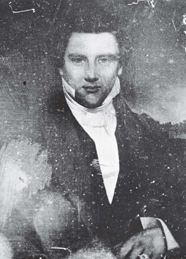
Joseph Smith, founder and first Prophet of the Church of Jesus Christ of Latter-day Saints. (COURTESY OF THE LDS CHURCH HISTORY LIBRARY)
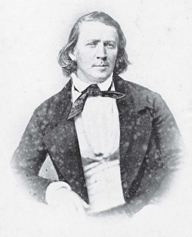
Brigham Young, the second Prophet of the church and the man who led the Mormon emigration to what is now Utah. Young was also the architect of the handcart plan of 1856. (COURTESY OF THE LDS CHURCH HISTORY LIBRARY)
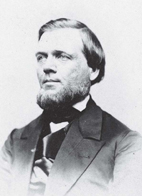
Franklin D. Richards, president of the European mission in England, superintended the departure of thousands of handcart Saints from Liverpool in 1856. That summer, traveling in fast carriages with other returning missionaries, he passed the Willie and Martin Companies on the plains and urged them on. (COURTESY OF THE LDS CHURCH HISTORY LIBRARY)
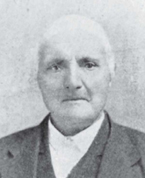
Edward Martin, leader of the fifth and last handcart company of 1856, the one that suffered the greatest number of casualties. (COURTESY OF THE LDS CHURCH HISTORY LIBRARY)
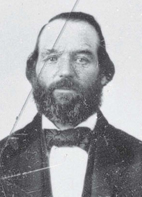
James G. Willie, leader of the fourth handcart company. (COURTESY OF THE LDS CHURCH HISTORY LIBRARY)
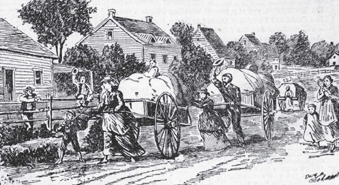
As they traversed Iowa, the handcart Saints were sometimes cheered, sometimes taunted by the settlers of the villages they passed through. (COURTESY OF THE LDS CHURCH HISTORY LIBRARY)
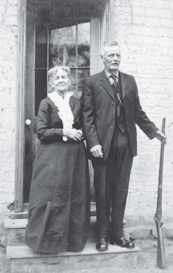
Patience Loader, whose memoir of the trek is the most vivid account written by any of the handcart Saints, and her brother Robert, later in life. (SPECIAL COLLECTIONS, GERALD R. SHERRATT LIBRARY, SOUTHERN UTAH UNIVERSITY)
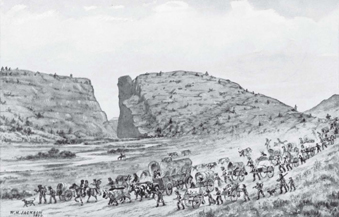
A William Henry Jackson painting, faithful to the last detail, of one of the handcart companies passing Devil’s Gate. (SPECIAL COLLECTIONS, GERALD R. SHERRATT LIBRARY, SOUTHERN UTAH UNIVERSITY)
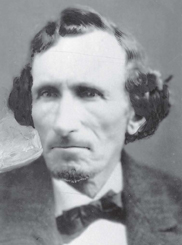
Captain George D. Grant, who led the rescue expedition that set out from Salt Lake City in October to try to find and save the Willie and Martin Companies. (COURTESY OF THE LDS CHURCH HISTORY LIBRARY)
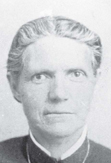
Nellie Pucell Unthank, a nine-year-old Saint in the Martin Company, lost her lower legs to frostbite but lived to the age of sixty-nine. According to a friend, “She never knew a moment of freedom from pain.” (SPECIAL COLLECTIONS, GERALD R. SHERRATT LIBRARY, SOUTHERN UTAH UNIVERSITY)
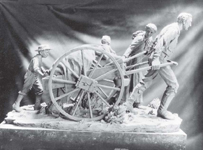
A replica of The Handcart Pioneer, the famous sculpture cast in 1926 by Torleif S. Knaphus. (COURTESY OF THE LDS CHURCH HISTORY LIBRARY)
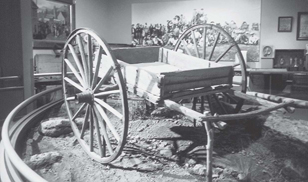
One of the last surviving authentic handcarts, from a slightly later expedition, conserved in the Museum of Church History and Art in Salt Lake City.
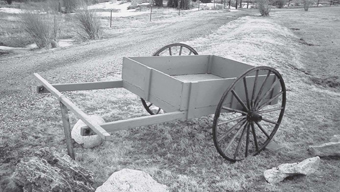
A modern replica of an 1856 handcart.
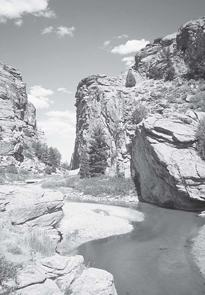
Devil’s Gate, the 300-foot-high notch carved through a granite ridge by the Sweetwater River in western Wyoming. Near here the Martin Company suffered its most desperate days.
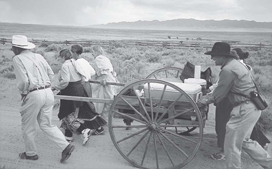
Members of the West Valley, Utah, stake, in period garb, pulling a replica handcart at the Mormon Handcart Visitors’ Center.
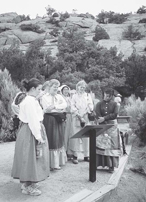
In Martin’s Cove, where their ancestors came to grief, members of the West Valley stake pay homage to their memory.
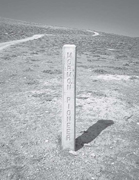
A simple concrete marker indicates the Mormon Trail as it crosses Rocky Ridge, the hardest pull along the whole 1,300-mile gauntlet from Iowa City to Salt Lake City.
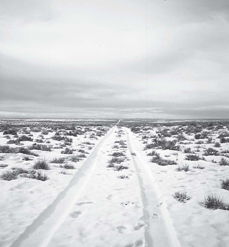
In many places in Wyoming, the old ruts of the Mormon Trail are still visible.
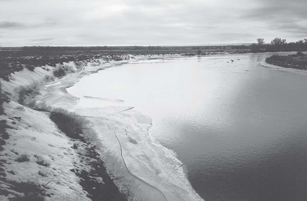
The Sweetwater River in winter, looking much as it did when the Willie and Martin Companies crossed it in October 1856.